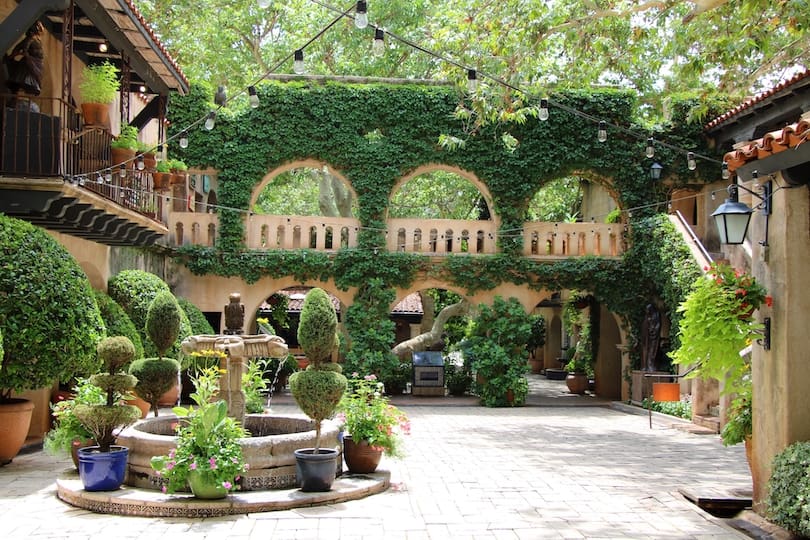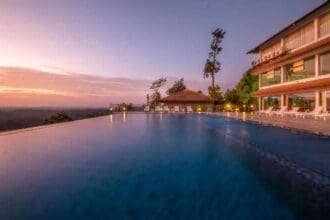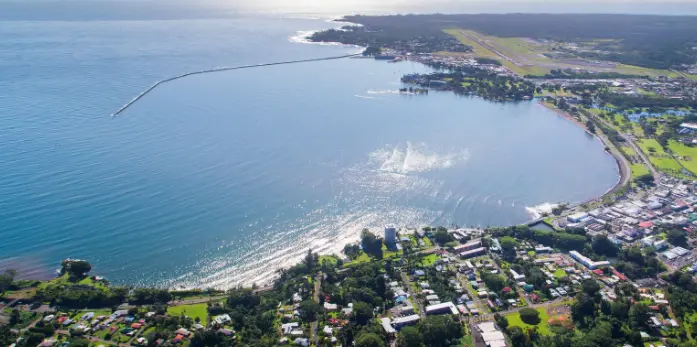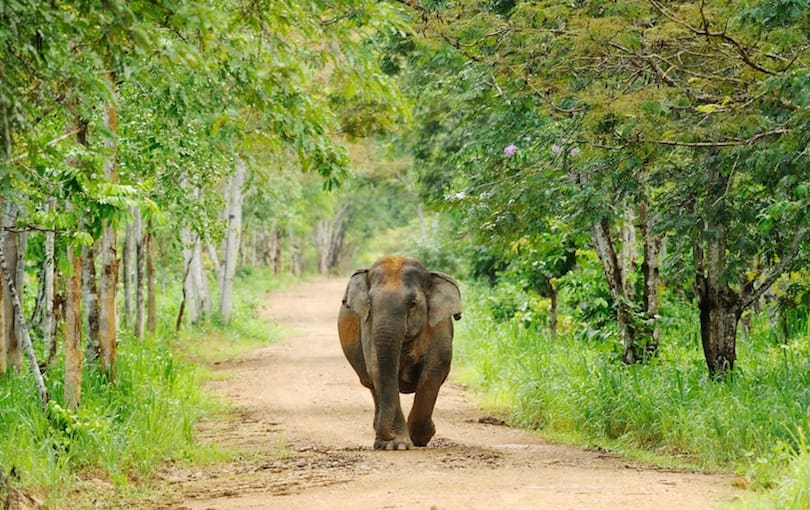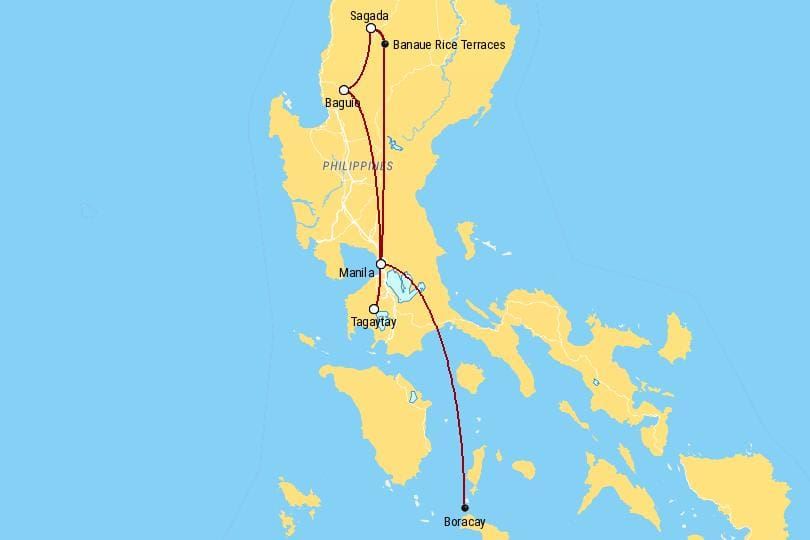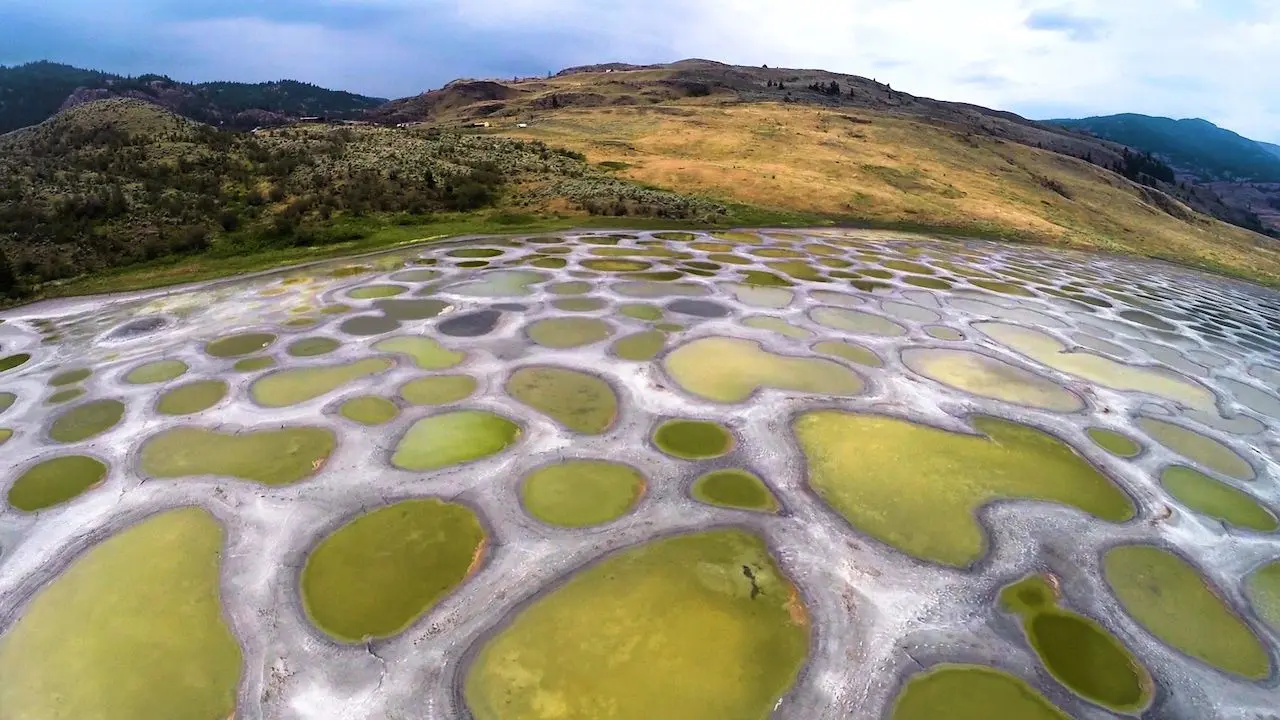If you are looking for a perfect escape from the hustle and bustle of city life, Gangbal Lake in Kashmir is an ideal destination for you. Nestled in the lap of the Himalayas, the lake is a breathtakingly beautiful spot that offers a perfect blend of serenity, tranquility, and adventure. In this article, we will take a closer look at Gangbal Lake, its history, geography, culture, tourism, and more.
If you are looking for an offbeat destination to explore in India, Gangbal Lake in Kashmir should definitely be on your list. This picturesque lake nestled in the Himalayas is a paradise for nature lovers, adventure seekers, and culture enthusiasts alike. In this article, we will explore the many facets of Gangbal Lake, including its history, geography, flora and fauna, adventure sports, cultural significance, ecotourism, and impact on the local economy.
History and Geography
Gangbal Lake is a high altitude lake located in the western Himalayas at an altitude of 3,570 meters above sea level. It is a part of the Gangbal watershed and is fed by the snowmelt from Mount Harmukh, the highest peak in the region. The lake is surrounded by snow-capped mountains, glaciers, and meadows, and is known for its crystal clear blue waters that reflect the stunning surroundings.
According to legend, Gangbal Lake is associated with Lord Shiva, who is believed to have meditated here for several years. It is also considered a sacred place by the locals, who believe that taking a dip in the lake can wash away sins and bring blessings.
Flora and Fauna
The region around Gangbal Lake is home to a diverse range of flora and fauna. The vegetation around the lake consists of alpine and sub-alpine meadows, coniferous forests, and shrubs. Some of the plant species found here include blue poppy, Himalayan birch, rhododendron, and juniper.
The lake is also a habitat for a variety of animals, such as musk deer, Himalayan black bear, snow leopard, and brown bear. Birdwatchers can spot several species of birds like Himalayan monal, koklass pheasant, and western tragopan.
The locals have a close relationship with the flora and fauna, and rely on them for their livelihoods. They have developed sustainable practices for grazing, harvesting, and hunting that minimize the impact on the environment.
Trekking and Camping
Gangbal Lake can be accessed via a trek that starts from the Naranag valley, which is about 60 km from Srinagar. The trek is moderate to difficult, and takes about three to four days to complete. It passes through beautiful meadows, forests, and streams, and offers stunning views of the Himalayas.
There are several camping options available along the trek route, with basic facilities like tents and food provided by the local guides. However, it is important to follow responsible tourism practices and leave no trace of your visit.
The best time to visit Gangbal Lake is from June to September, when the weather is pleasant and the skies are clear.
Adventure Sports
Gangbal Lake offers a wide range of adventure sports for tourists. One of the most popular activities is trekking. The lake is accessible via several trekking routes, including Sonamarg, Naranag, and Srinagar. The trek to the lake is a thrilling experience that takes you through some of the most scenic landscapes in the region.
Another popular adventure sport is camping. There are various camping sites near the lake that offer stunning views of the surrounding mountains and the lake. Camping in Gangbal Lake is a unique experience that allows you to immerse yourself in nature and enjoy the tranquility of the place.
Apart from trekking and camping, Gangbal Lake also offers opportunities for other adventure sports like rock climbing, rappelling, and paragliding. These activities are carefully regulated to ensure the safety of tourists and to promote sustainable tourism.
Cultural Significance
Gangbal Lake has great cultural significance in Kashmir. The lake is considered to be a sacred spot by the locals and is associated with many myths and legends. According to one of the myths, the lake was created by Lord Shiva when he hit the ground with his trident. The lake is also believed to be the abode of Goddess Durga.
The lake is an important pilgrimage spot for Kashmiri Hindus who visit the lake during the annual Gangbal Yatra. The yatra is a four-day pilgrimage that begins at Naranag and ends at Gangbal Lake. During the yatra, the locals perform various rituals and offer prayers to the gods.
The lake has also influenced local traditions and culture. The locals have developed a unique way of life that is closely connected to the lake and its surroundings. The lake has inspired many works of art, music, and literature in Kashmir.
Ecotourism
Gangbal Lake is a prime example of ecotourism in India. The authorities have taken several initiatives to promote sustainable tourism in the region. The local community has also played an active role in preserving the lake and its surroundings.
The authorities have introduced several measures to reduce the carbon footprint of tourists. These include promoting the use of renewable energy, minimizing waste, and encouraging responsible tourism practices.
The benefits of sustainable tourism are many. It helps to protect the natural environment, promote local culture, and generate income for the locals. It also helps to create awareness about the importance of preserving the environment and promotes eco-friendly behavior.
Tourism and Local Economy
Tourism has had a significant impact on the local economy of Gangbal Lake. It has created employment opportunities for the locals and has generated income for the local businesses. The tourism industry has also helped to promote the local culture and traditions.
However, tourism also poses several challenges for the locals. It puts pressure on the natural resources and can lead to environmental degradation if not managed properly. The locals have to balance the economic benefits of tourism with the need to preserve the environment and their way of life.
Responsible tourism is the key to ensuring that tourism benefits the locals and the environment. It involves promoting sustainable tourism practices and minimizing the negative impact of tourism on the environment and the locals.
Safety and Precautions
Visitors to Gangbal Lake should take several precautions to ensure their safety. The trek to the lake is a challenging one and requires physical fitness and stamina. Visitors should also carry appropriate gear like warm clothes, hiking boots, and rain gear.
There are several safety measures in place to ensure the safety of tourists. The authorities have set up rescue teams and medical facilities in case of emergencies. The locals are also trained to provide first aid and rescue services.
Visitors should stay informed about the weather conditions before embarking on the trek. The weather in the Himalayas can be unpredictable and can change rapidly. Visitors should also respect the local culture
Safety is a crucial aspect of any adventure, and it is no different when it comes to visiting Gangbal Lake. The following are some precautions that visitors should take while exploring the area:
- Carry adequate warm clothing, especially during winters, as the temperatures can drop significantly.
- Wear sturdy shoes or trekking boots to avoid slips and falls.
- Carry a first aid kit and necessary medications.
- Avoid venturing too close to the lake’s edges as the currents can be strong.
- Do not litter or pollute the environment.
To ensure the safety of visitors, the local authorities have put in place several measures, such as:
- Stationing trained guides and porters to assist visitors during trekking and camping.
- Placing signboards and markings to indicate the safe areas for camping and trekking.
- Conducting regular safety checks of the area.
- Providing rescue and emergency services.
To stay informed about the weather conditions, visitors can check the local weather forecast or consult the local authorities. It is essential to be aware of the weather conditions as the area is prone to sudden changes in weather, which can be dangerous for visitors.
In conclusion, while Gangbal Lake is a beautiful and serene destination, visitors should take appropriate precautions to ensure their safety. With the right preparation and awareness, visitors can enjoy an unforgettable experience at Gangbal Lake.
Conclusion
In conclusion, Gangbal Lake is an enchanting destination that offers an immersive experience of nature, adventure, culture, and sustainability. Whether you are a nature lover, a trekker, a camper, an adventure enthusiast, or a cultural explorer, Gangbal Lake has something to offer for everyone. So pack your bags, leave behind the stress and chaos, and embark on a journey of a lifetime to Gangbal Lake, the serene gem of the Himalayas.
FAQs
- What is the best time to visit Gangbal Lake? The best time to visit Gangbal Lake is from June to September when the weather is pleasant and the lake is accessible.
- What kind of accommodation is available at Gangbal Lake? There are various options for accommodation, including tents, guest houses, and home stays.
- Are there any entry fees for Gangbal Lake? Yes, there is a nominal entry fee for visiting the lake, which goes towards the maintenance of the area.
- What kind of food is available at Gangbal Lake? There are various local food options available, including Kashmiri cuisine and snacks.
- How do I reach Gangbal Lake? The lake can be reached by trekking from various starting points, including Sonamarg, Naranag, and Srinagar.



